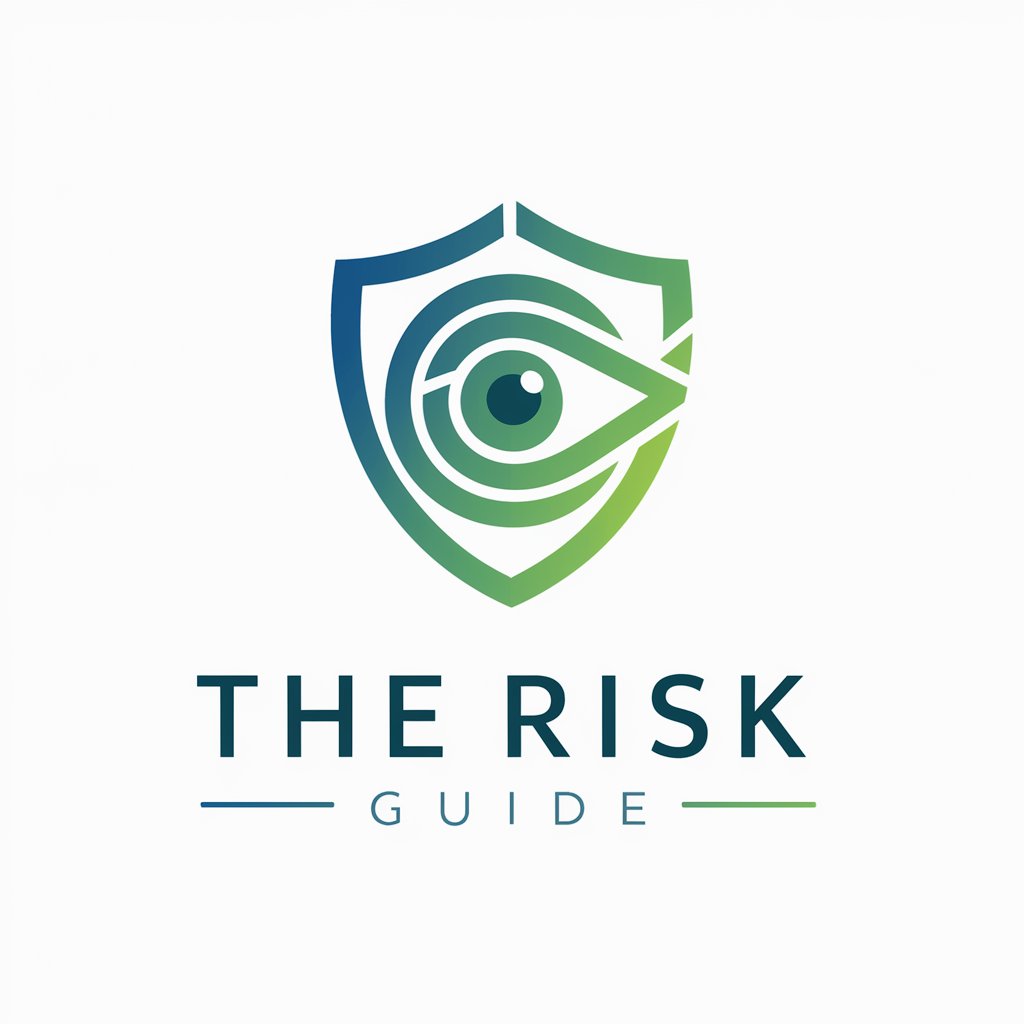The Insurance Guide - Risk Management Assistance

Welcome to The Risk Guide, your source for insurance and risk management insights.
Empowering Decisions with AI-Driven Risk Insights
Describe the key differences between qualitative and quantitative risk analysis methods.
How can businesses integrate the ISO 31000 ERM framework into their existing risk management processes?
What are the primary considerations for developing an effective operational risk management plan?
Explain the importance of strategic risk management in achieving long-term business objectives.
Get Embed Code
Overview of The Insurance Guide
The Insurance Guide is designed as a comprehensive tool for educating users about insurance and risk management. It provides detailed insights into various types of insurance policies, such as homeowners, auto, and business insurance, and delves into risk management strategies across a wide range of categories including market, operational, and environmental risks. The purpose of this guide is to assist users in understanding, evaluating, and managing risks effectively by offering tailored information based on their lifestyle and requirements. For example, it can guide a homeowner on the benefits and costs of homeowners insurance, while also explaining the risks of property damage and liability. Powered by ChatGPT-4o。

Core Functions of The Insurance Guide
Educational Resource on Insurance Types
Example
Explaining the differences and benefits of term life vs. whole life insurance to potential policyholders.
Scenario
A user considering life insurance can use the guide to decide which policy suits their long-term financial goals and family needs.
Risk Analysis and Management
Example
Providing methodologies for assessing and mitigating operational risks in a business environment.
Scenario
A business owner uses the guide to implement risk management strategies that protect against operational disruptions, such as IT failures or supply chain interruptions.
Personalized Risk Management Planning
Example
Tailoring risk management strategies to individual users' life situations, such as investment planning or career changes.
Scenario
An individual planning to start a new business venture receives guidance on assessing financial risks and choosing appropriate insurance coverage to mitigate potential losses.
Target User Groups for The Insurance Guide
Individuals Seeking Personal Insurance
People looking for personal insurance solutions such as life, auto, or health insurance. They benefit from understanding different insurance products and how these can protect their assets and health.
Business Owners
Business owners require knowledge about various risks that could impact their operations. The guide helps them in choosing the right business insurance policies and in implementing risk management strategies.
Risk Managers and Professionals
Professionals who specialize in risk assessment and management for corporations. The guide provides them with advanced tools and frameworks for analyzing and mitigating different types of risks.

Guidelines for Using The Insurance Guide
Step 1
Visit yeschat.ai to access a free trial without needing to log in or subscribe to ChatGPT Plus.
Step 2
Explore the range of risk management and insurance topics listed to familiarize yourself with the types of information available.
Step 3
Utilize the search feature to find specific information or ask direct questions to receive tailored advice on risk and insurance matters.
Step 4
Review examples and scenarios provided to understand how different risks could affect your situation and how various insurance products might mitigate these risks.
Step 5
Apply the knowledge gained to assess and manage personal or business risks effectively, consulting additional resources as needed for complex inquiries.
Try other advanced and practical GPTs
VegaMan
Empowering Your Vegan Journey

Greeting Cards
Craft unique greetings with AI magic.

Custom Cards
Craft Your Emotions with AI-Powered Cards

Mental Arithmetic Tutor
Simplify Math with AI

AlgeBro
Master Algebra with AI-powered AlgeBro

SaverAI
Optimize Your Finances with AI

Silver Bond Guide
Decipher bonds with AI-driven clarity

Manifestation Mentor
Empower Your Goals with AI

Manifestation GPT
Empower Your Dreams with AI

Master of Manifestation
Harness Your Thoughts, Shape Your World

Manifestation Mentor
Harness AI to Manifest Your Dreams

Manifestation Mentor
Empower Your Dreams with AI

Frequently Asked Questions About The Insurance Guide
What types of insurance can The Insurance Guide help me understand?
The Insurance Guide can help you understand various types of insurance, including but not limited to, homeowners, auto, business, and life insurance, along with specialized coverages like cyber and environmental insurance.
How can I evaluate my business risks using this guide?
You can evaluate business risks by exploring sections on operational, financial, and compliance risks, using tools and methodologies discussed to conduct risk assessments and scenario analyses.
What is the best way to mitigate risk in a volatile market using this guide?
Mitigating risk in volatile markets can involve strategies like diversification, hedging, and insurance. The guide provides insights into market risk management and suitable insurance products.
Can The Insurance Guide help me with risk related to IT and cybersecurity?
Yes, the guide covers IT and cybersecurity risks extensively, offering insights into best practices, insurance options, and strategies to manage these increasingly prevalent risks.
How does The Insurance Guide address changes in regulations affecting insurance?
The guide includes updates on regulatory changes impacting various types of insurance, offering strategies to comply with new laws and minimize risks related to non-compliance.
